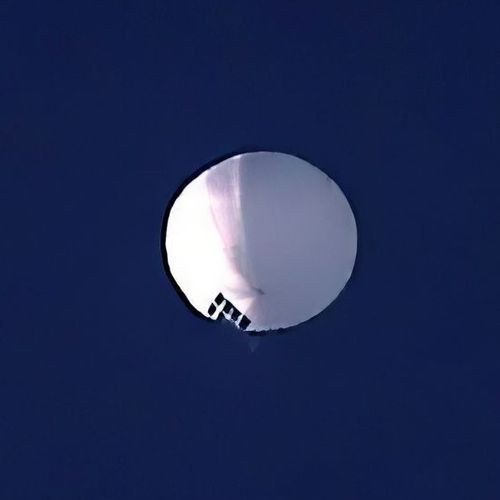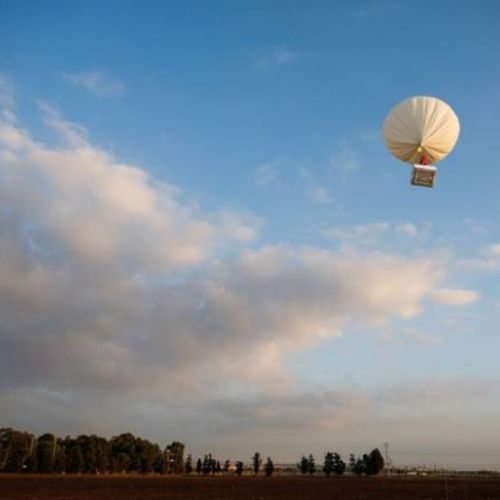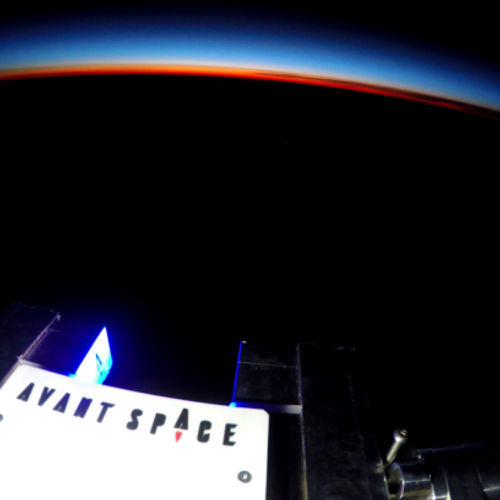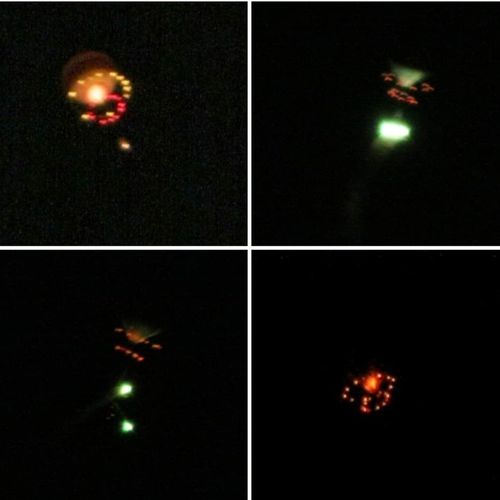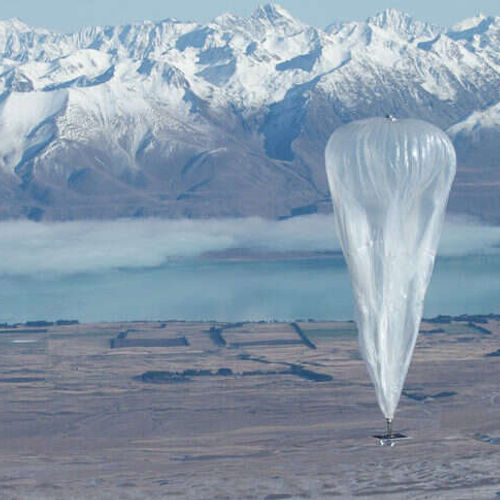
| Added | Wed, 27/01/2021 |
| Источники | |
| Дата публикации | Sun, 24/01/2021
|
| Версии |
Google announced on January 21 that it was shutting down Loon, a balloon-powered wireless project that was seen as an addition to and rival to satellite networks.
In a blog post, Astro Teller, head of the X division, Advanced Projects, or "moonshot factory" of Google's parent company Alphabet, announced that Loon will wind down its operations in the next few months. Google launched Loon in 2012 as part of X and spun it off as a separate company in 2018.
"Unfortunately, despite the team's groundbreaking technical achievements over the past 9 years," Teller writes, " the road to commercial viability has turned out to be much longer and riskier than expected. So we made the difficult decision to close Loon."
Alastair Westgarth, chief executive of Loon, gave a similar assessment in a separate statement.
"While we have found a number of willing partners along the way, we have not found a way to keep costs low enough to build a long-term and sustainable business," he said. "Today I am sad to announce that Loon is coming to an end."
Loon has developed the technology to provide wireless services using balloons in the stratosphere. The balloons served as essentially high-altitude cell towers, providing LTE connectivity to mobile phones.
For years, Loon has been mostly a pilot project, but last year it began moving to more regular operations. In July 2020, Loon announced that it had begun providing commercial services in parts of Kenya, using about 35 balloons to serve a region of nearly 50,000 square kilometers. Loon called its deployment in Kenya "the first non-emergency use of Loon to provide connectivity on a large-scale basis."
Alphabet does not disclose how much it spent on Loon. After separating, Loon raised $ 125 million in 2019 from a SoftBank-backed fund. However, Loon has reportedly spent money and struggled to raise additional funding, given the uncertain path to profitability.
Loon was one example of technologies known as HAPS, for high-altitude platform systems or high-altitude pseudosatellites that use balloons or remotely piloted aircraft to provide communications services in the stratosphere.
Новости со схожими версиями
Log in or register to post comments


